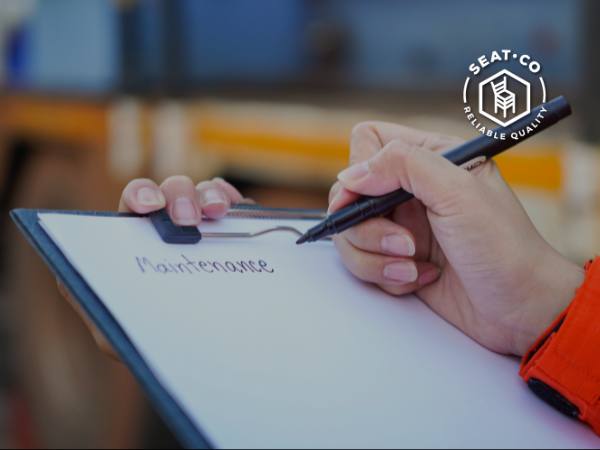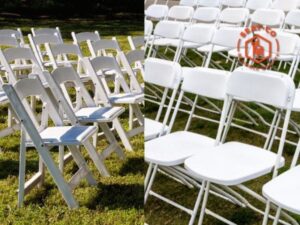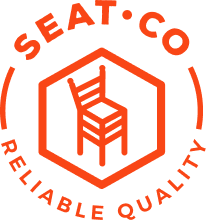Optimizing Longevity and Performance in Rental Operations
Written by: Marcelo Flores
When you’re in the party rental game, keeping your stuff in great shape is key. It’s simple: well-maintained items mean happy customers and fewer headaches. In this guide, we’re breaking down maintenance into two types – preventive (regular upkeep) and corrective (fixing things when they break). Now, let’s get into why staying on top of maintenance matters and how it can save you time and cash in the long run.
Table of Contents
1. Understanding Preventive Maintenance
2. The Cost-Effectiveness of Preventive Maintenance
3. Implementing a Preventive Maintenance Program
4. Corrective Maintenance: Understanding the Need
5. The Importance of Purchasing Low-Maintenance Equipment
6. Streamlining Maintenance with a Comprehensive Schedule
1. Understanding Preventive Maintenance

Preventive maintenance is like the secret ingredient in the recipe for a successful party rental business. Essentially, it’s all about taking care of your equipment before issues arise. This approach is a continuous process of inspection, cleaning, and minor repairs. Let’s break it down:
- Routine Checks: Regular inspections are crucial. This means going over your items, be it tents, chairs, or sound systems, and looking for any signs of wear or potential problems.
- Scheduled Cleaning and Upkeep: Regular cleaning is not just about aesthetic appeal; it is a practical measure for maintaining the quality of your inventory. Clean equipment allows for easier detection of any damages or wear, enabling timely interventions.
- Immediate Repairs: Addressing small damages, such as loose fittings or minor tears, is an integral part of preventive maintenance. Moreover, procrastination in these repairs can lead to more severe damages, incurring higher costs and operational disruptions.
The significance of preventive maintenance lies in its multiple benefits. Primarily, it prolongs the lifespan of your inventory, enhancing the return on investment for each item. Reliability is another crucial factor – well-maintained equipment ensures the smooth execution of events, upholding your business’s reputation for quality service.
Furthermore, preventive maintenance also enhances time management. While it requires an ongoing commitment, it significantly reduces the need for extensive repairs and the urgency of sourcing replacements for malfunctioning equipment. From an economic standpoint, ongoing maintenance is a wise investment, as it reduces the need for frequent replacements and major repair costs.
2. The Cost-Effectiveness of Preventive Maintenance
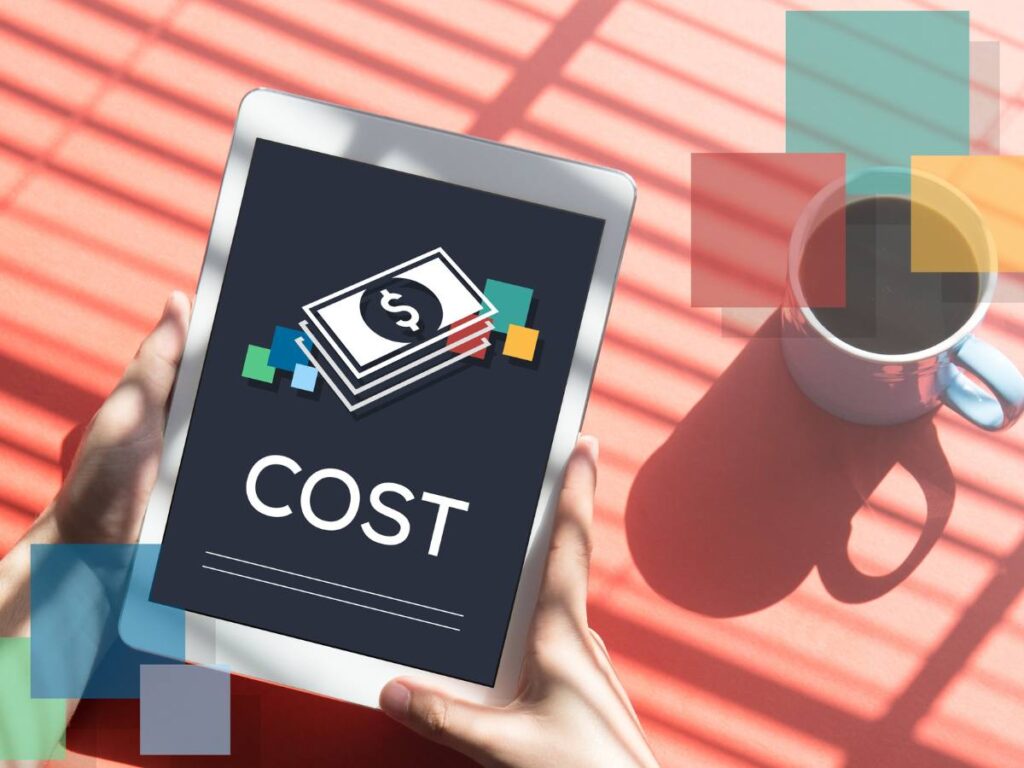
In the realm of events, the cost-effectiveness of preventive maintenance cannot be overstated. Additionally, this approach to maintaining your inventory is not just about saving costs; it’s about optimizing your investment in every piece of equipment you own.
Financial Benefits
At first glance, preventive maintenance might seem like an added expense. But in reality, it’s a cost-saving measure. Regular upkeep helps avoid significant repair expenses that come with corrective maintenance. By catching problems early, you can often resolve them at a fraction of the cost of major repairs or replacements.
Equipment Longevity
Every party rental item represents a significant investment. Through preventive maintenance, the lifespan of these items is substantially extended. This means you won’t need to replace your inventory as frequently, which is a significant saving in the long term.
Avoiding Downtime
Downtime, when your equipment is out of commission, can be costly. Not only does it mean potential loss of income, but it can also harm your reputation if you’re unable to meet client demands. Preventive maintenance ensures that your inventory is always ready to go, minimizing the risk of downtime and the associated costs.
Enhancing Client Satisfaction
The quality of your inventory directly affects client satisfaction. Well-maintained items look better and function reliably, contributing to the success of your clients’ events. This can lead to repeat business and positive referrals, which are invaluable for your company’s growth.
3. Implementing a Preventive Maintenance Program
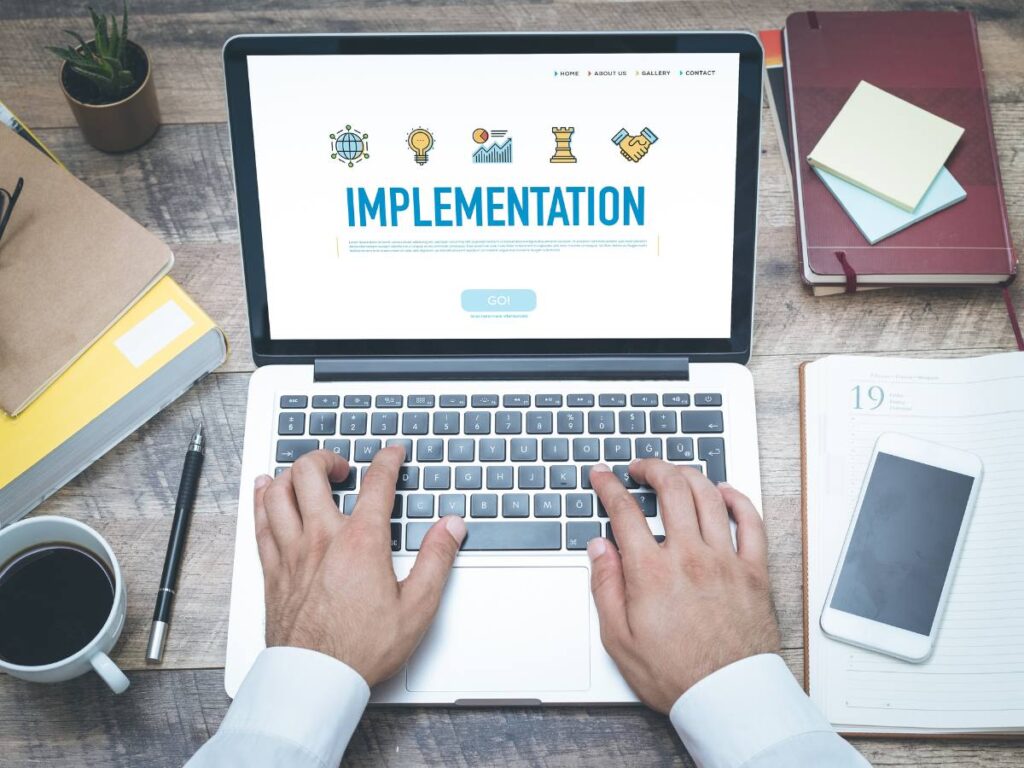
Consequently, creating a solid preventive maintenance program is a strategic move for any party rental business. It helps you establishing a routine that keeps your inventory in top condition and ready for any event. Here’s how to set up an effective preventive maintenance plan:
- Inventory Assessment: Begin by assessing your entire inventory. Then, understand the specific maintenance needs of different items, from tents and linens to furniture and audio-visual equipment. Each type of equipment may have unique requirements for care.
- Maintenance Schedule: Develop a detailed schedule for maintenance activities. This includes regular inspections, cleaning, and repairs. The frequency of these activities will depend on the usage and nature of the equipment. High-use items may require more frequent attention.
- Assign Responsibilities: Assign maintenance tasks to specific team members. Ensure that they are trained and understand the importance of their role in maintaining the inventory. Clear delegation helps in accountability and consistency in maintenance tasks.
- Record Keeping: Maintain detailed records of all maintenance activities. This should include dates of maintenance, nature of the work done, and any parts replaced. Good record-keeping helps in tracking the maintenance history of each item and planning future maintenance work.
- Spare No Expense: While it may be tempting to cut corners, especially in terms of maintenance costs, remember that preventive maintenance is an essential investment. Spending wisely on maintenance can save significant money in the long term by avoiding costly repairs and replacements.
4. Corrective Maintenance: Understanding the Need
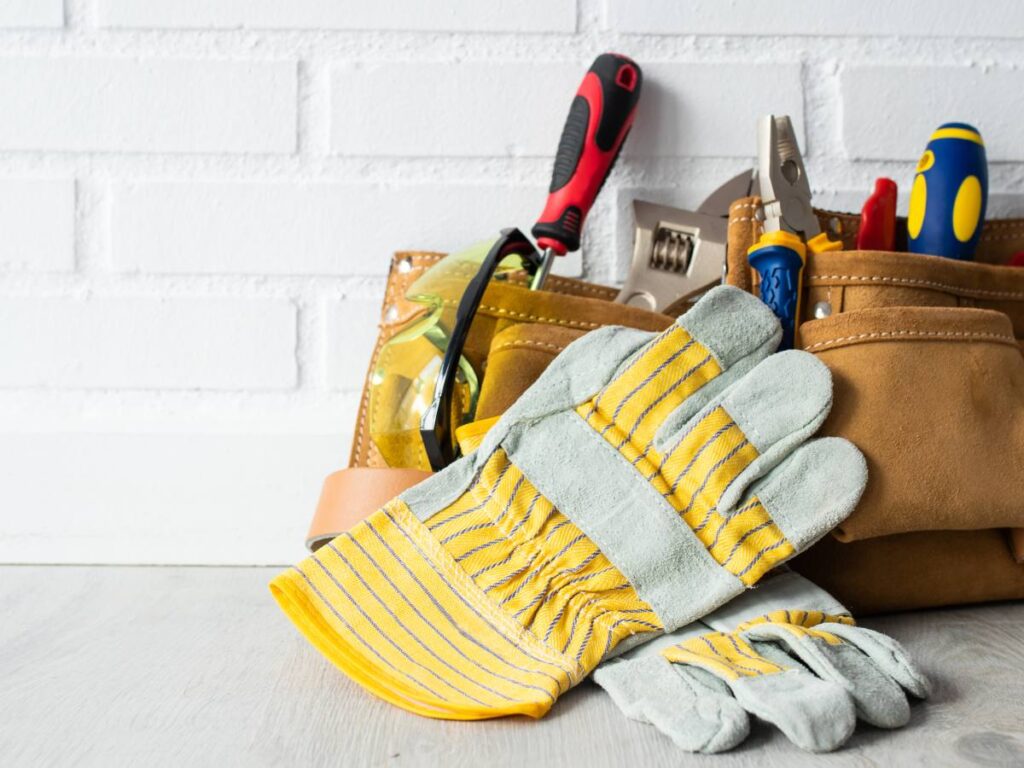
On the other hand, while preventive maintenance is the ideal strategy for party rental businesses, there are times when corrective maintenance is necessary. Understanding how to effectively implement corrective measures is crucial for minimizing disruptions and maintaining the quality of your service.
- Identifying Corrective Maintenance Scenarios: Corrective maintenance typically comes into play when unexpected issues arise. This could be a sudden equipment breakdown or damage that wasn’t caught during routine checks. It’s important to identify these instances quickly and address them efficiently.
- Emergency Repair Protocols: Having a plan for emergency repairs is vital. This means having access to the right tools, spare parts, and skilled personnel who can respond promptly. Time is of the essence in these situations, as delays can impact client satisfaction and your business’s reputation.
- Learning from Corrective Maintenance: Every instance of corrective maintenance offers valuable insights. Analyze why the issue occurred and what could have been done to prevent it. Use this information to refine your preventive maintenance strategies and avoid similar problems in the future.
- Spare No Expense in Emergency Situations: In cases where corrective maintenance is unavoidable, it’s crucial to spare no expense in addressing the issue promptly and effectively. Ensuring that repairs are done right the first time can save more money and time in the long run compared to quick, cheaper fixes that might lead to recurring problems.
5. The Importance of Purchasing Low-Maintenance Equipment

In the party rental business, choosing equipment that demands minimal upkeep is crucial to maximize your ROI. This decision extends far beyond mere convenience, playing a significant role in the operational and financial success of your enterprise.
Lowering Operational Expenses
Opting for low-maintenance equipment translates into reduced operational costs. Less time and money spent on repairs and upkeep means more resources can be allocated to other important business areas, like customer service or marketing. In essence, it can lead to more efficient use of your budget, contributing to the overall growth and sustainability of your business.
Maximizing Rental Availability
Equipment that requires less maintenance is available for use more frequently, maximizing your potential rental opportunities. This reliability is not just a benefit to your bottom line; it’s a key factor in client satisfaction and retention.
Enhancing Equipment Lifespan
Durability and a longer lifespan are direct outcomes of investing in low-maintenance items. This longevity means that your initial investment stretches further, offering a better return over time. Longer-lasting equipment reduces the frequency of costly replacements, making it a financially prudent choice.
6. Streamlining Maintenance with a Comprehensive Schedule

A Smarter Approach to Asset Management
Efficient maintenance management is the cornerstone of a successful party rental business. To support this crucial endeavor, we’ve developed a comprehensive maintenance schedule spreadsheet that simplifies tracking and enriches the management of your inventory’s upkeep.
Proactive Maintenance at Your Fingertips
This dynamic tool is designed to give you a clear overview of each item’s condition, the personnel responsible, and the timelines for regular maintenance. With additional insights into warranty statuses and purchase details, you can plan ahead, ensuring that your equipment remains in prime condition for your next event.
Download the Comprehensive Maintenance Schedule
Our maintenance schedule spreadsheet is more than a tracker—it’s a comprehensive asset management system, poised to enhance the efficiency, reliability, and profitability of your operations. Accessible, intuitive, and fully customizable to meet the unique demands of your inventory, it’s an indispensable tool for maintaining the high standards your clients expect and deserve.
Access and download the maintenance schedule spreadsheet now and experience a transformation in how you approach the care of your event inventory.
Preventive maintenance isn’t just about upkeep; it’s a strategic investment in your business’s longevity and reputation. Our comprehensive maintenance schedule is your ally in this endeavor, designed to streamline processes and preempt issues before they arise. Adopt it to extend the life of your inventory, optimize event execution, and continue to deliver the exceptional experiences your clients expect.
